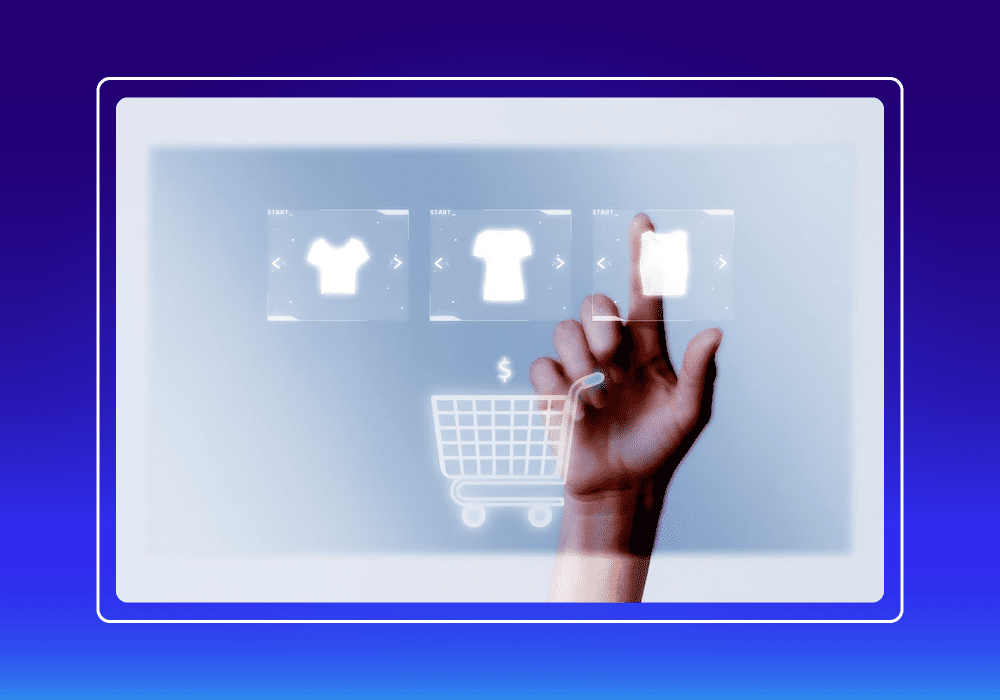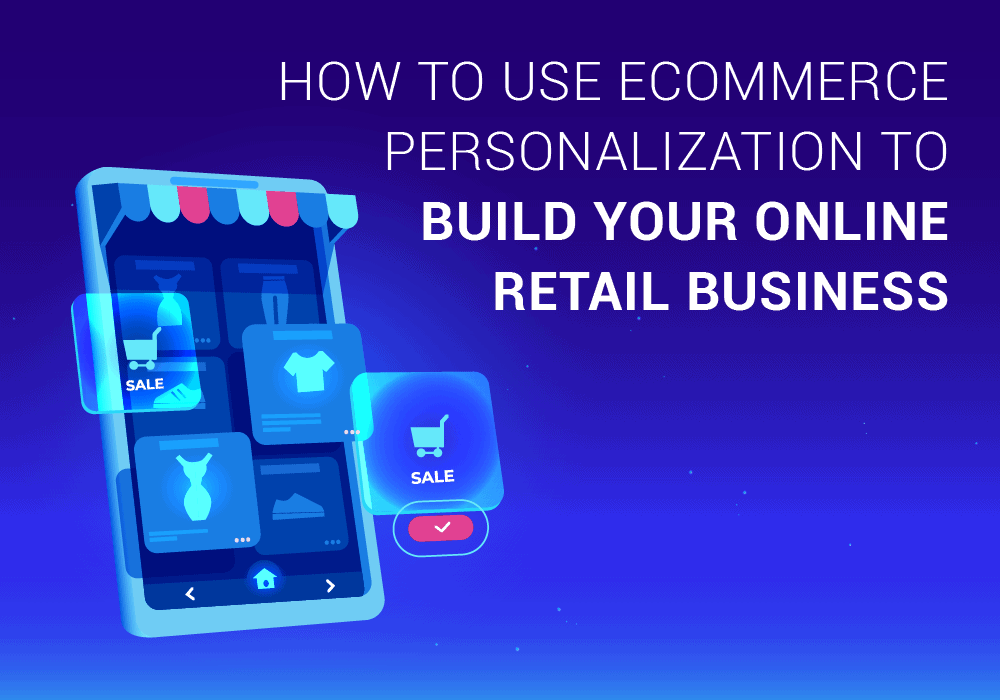Online retail sales are one of the fastest-growing business opportunities on the Internet. Tens of thousands of websites are posted on the Internet and growing every day. It’s important to make your business e-Commerce website stick out above the rest. One way to do that is to take advantage of the many powerful techniques such as E-commerce Personalization.
Online experts recommend many different ways to improve traffic and build brand loyalty. It can also increase sales for online business owners. Most of these experts concur that people do tend to respond positively to direct personalization. In this article, we hope to provide detailed information about personalization. You will learn how tools can be useful for online retail business owners.
What Is E-commerce Personalization?
So, let’s begin with what is meant by E-commerce Personalization and how its use applies to online retail businesses. The use of powerful software tools to gather and analyze a wide range of user data. These personalization tools can collect unique information about each visitor to the website.
Things like demographics, type of device used to access the website, browser preferences, and browser history. It can determine whether you use a mobile device, desktop, or tablet. With all of this information about your customers, you can use it to help foster loyalty to your brand and your store.
How Important Is Personalization In E-commerce?

E-commerce websites rely on customers to visit multiple times and make purchases to be successful. According to the results of online surveys, 45% of the respondents claim that they will revisit websites. They check websites that use personalization techniques to improve visitor experiences.
Software developers create powerful software tools that are designed to both gather the data and software. These can help optimize websites using the personalized data collected. Using this technology is a way for an online retailer to ensure that their site sticks out above its competition. The tools are used to make a complex task easier to accomplish. For example, using a software tool that anticipates the visitor is about to leave called exit-intent and opens a window.
What Are The Types Of Personalization Software?
When it comes to E-commerce Personalization the best way to implement it on your website is to use a software platform. These platforms can easily be integrated into your website and deliver the desired results. We have identified three different types of personalization software.
Artificial Intelligence
This platform uses artificial intelligence technology to create a beneficial customer experience. There are many examples of this kind of software platform.
Machine Learning
Machine Learning personalization software is an offshoot of artificial intelligence. It uses data analysis to determine trends and software based on this methodology. It works well with the goal of E-commerce Personalization.
Natural Language programming
Natural Language Programming or NLP is a method used in personalization software. It can harness the computer resources to analyze and tailor website design. That’s based on data collection results.
E-commerce Personalization Starts With Collecting Customer Data
E-commerce Personalization techniques begin with collecting customer data. For E-commerce Personalization to be effective, it all starts with the collecting of a visitor’s data. A powerful software tool used to gather information is the popup creator. The system uses two different methods to gather the needed information. These are Explicit Data Collection and Implicit Data Collection.
Explicit Data Collection – Explicit Data Collection is also referred to as Direct Data Collection. You are requesting the visitor to enter specific data using a form on a landing page. This method of data collection is usually used to gather personal information. It includes an email address, shipping information, and name. You can also use this method to find out a customer’s preferences by asking them to rate certain things on your website.
Implicit Data Collection – Implicit Data Collection refers to tracking data. This comes from a customer’s browser history when they are on your website. Tracking the browser information can be very valuable. That helps determine what parts of your website get the most attention. You can also use this method to discover what the user was seeing on other websites.
E-commerce Personalization Examples To Improve The Customer Experience

When you are evaluating your website’s effectiveness you are measuring its conversion rate. The ability to turn a visit by a potential customer directly into a sale. The higher your conversion rate the more sales you will get and the improved profits will be the result. The best way to accomplish this is to make the customer experience the best that you possibly can.
We came up with ten examples of ways that you can easily improve the overall customer experience of your E-commerce website. By employing E-commerce Personalizations examples, you should notice some improvements
Use customer history data in your website Communication Channel
- Use live chat technology. Then, combine it with your collection of a customer’s search history data. It will help improve your customer’s experience.
- Use customer search preferences to drive product recommendations – Using the search data you collect you can add product recommendation lists for your visitors.
- Create an SMS system that uses personalization to enhance the customer experience
- Look at using an SMS system that sends personalized messages directly to the customer.
Adopt a product recommendation system
Send out personalized emails with product recommendations and special offers.
Look at offering free shipping on purchases
Offering free shipping is a good option to consider when looking for ways to improve a customer experience.
When sending out targeted emails use individual customers’ name
Customers like to see that a company recognizes them and by tailing email to each customer by name.
Tailor product offerings using customer location
Setting up specific product recommendation that uses their location. This way you can make more sales.
Come up with an individual “Top Product List” for your site Create personalized top product lists that are tailored to each unique visitor.
Create an email campaign with targeted subject lines
Use personalized subject lines in all of your email marketing campaigns that are targeted to each customer.
At checkout, add a product recommendation list
Implement a customized product recommendation list that is placed on the checkout page.
Conclusion
One of the most powerful innovations for online businesses is personalization. It can help enhance your visitor experience. Use several methods on your website to gather valuable visitor data to tailor the information that they see. Using software tools to gather specific customer data. Then, creating a personalized experience is a way to help your business website stand out above your competition.

